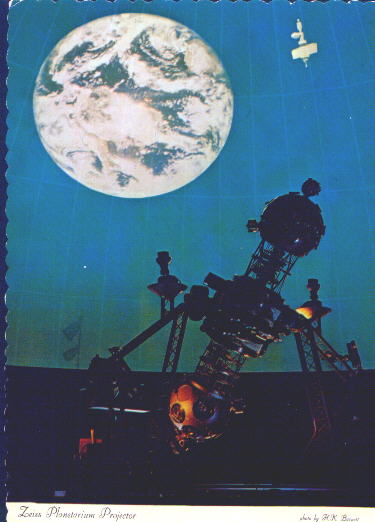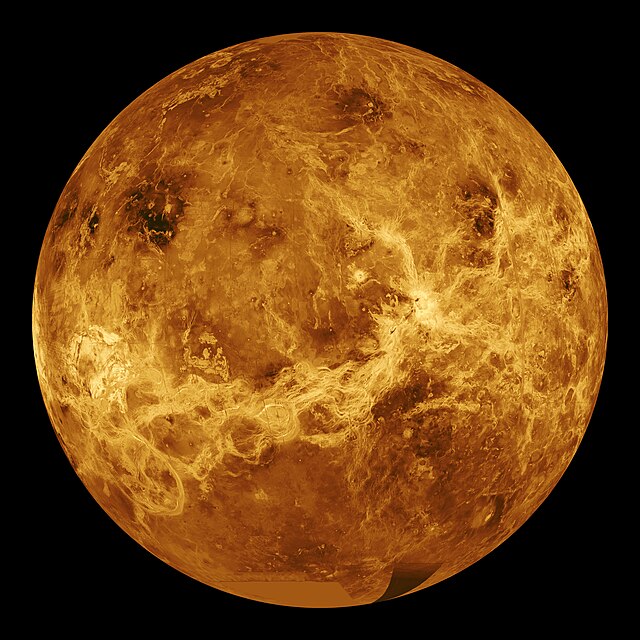
By Glenn A. Walsh
Reporting for SpaceWatchtower
January 1 marks the beginning of the New Year of A.D. 2015. However, January 1 has not always been the beginning of the calendar year.
For many ancient cultures, the New Year began around the time of the Vernal Equinox in late March, the beginning of the season of Spring. The reason for this is simple. Agriculture was the primary way of life of early peoples, and Spring was the beginning of the growing season after a long Winter. The earliest such recorded beginning of the New Year dates to circa 2000 B.C., in Mesopotamia.
But, other cultures started their New Year on other dates, also astronomically related. The Autumnal Equinox in late September, the beginning of the season of Autumn or Fall, was the beginning of the New Year for the Egyptians, Phoenicians, and Persians. And, the Greeks celebrated the New Year in December on the Winter Solstice.
March 1 was the beginning of the New Year in the early Roman calendar, simply because this calendar only had ten months and March was, then, the first month of the year; January and February were not added until a later calendar reform. While we know September as the ninth month of the year, in Latin September actually means seventh month. This is also true for October (means eighth month in Latin, while it is today the tenth month), November (means ninth month in Latin, while it is today the eleventh month), and December (means tenth month in Latin, while it is today the twelfth month).
Around 700 B.C., the second king of Rome, Numa Pontilius, added the months of January and February to the calendar. Although, the New Year did not officially begin on January 1 until several hundred years later, beginning in 153 B.C. The January 1 beginning of the calendar year was chosen, at that time, to coincide with the beginning of the one-year term of Roman Consuls, the highest officials in the Roman Republic. But, some parts of the Roman Republic still observed March 1 as the beginning of the calendar year.
These early calendars were mostly based on the cycles of the Moon, which produced calendars which were quite inaccurate as the years went by. It would be Julius Caesar who would provide the first great improvement in the calendar, by switching to a calendar based on the Earth's revolution around the Sun (of course, at that time they believed the Sun revolved around the Earth).
In 46 B.C. Julius Caesar created the first solar-based calendar, which we know today as the Julian Calendar. And, with the Julian Calendar came the decree that January 1 was the beginning of the New Year throughout the Roman world. This made sense, as January had been named for the Roman God Janus, the God of doors and gates; hence, the entrance or beginning of the calendar.
However, with the rise of the Christian Church, many of the New Year's celebrations were seen as unchristian-like and considered pagan. So, at the Roman Catholic Church's Council of Tours in A.D. 567, January 1 was abolished as the beginning of the calendar year. During medieval times, the beginning of the New Year was celebrated on various dates in various places. These dates included December 25 for the birth of Christ, March 1, March 25, the Feast of the Annunciation, and Easter Sunday.
It was with the final major reform of the calendar, by Pope Gregory XIII in A.D. 1582, that January 1 was restored as the beginning of the New Year. However, the new Gregorian Calendar, with the January 1 start-date, was only observed in countries where the Roman Catholic Church was the dominant religion.
Protestant countries, fearful of allowing any influence of the Roman Catholic Church, were slow to adopt the Gregoran Calendar. It was almost 200 years later when the British Empire, including the American colonies, finally adopted the Gregorian Calendar, with the January 1 start-date, in A.D. 1752. Until then, the British Empire, including America, had continued to observe the beginning of the New Year on March 25.
Alaska, which had been a Russian territory (Russia, at that time a predominantly Eastern Orthodox Catholic country, which continued to use the Julian Calendar), did not adopt the Gregorian Calendar until 1867, when the United States purchased the territory from Russia.
Today, nearly all civil calendars, world-wide, use the Gregorian Calendar, and recognize January 1 as the beginning of the New Year. However, many religions still follow their own calendars, to determine holy days and religious festivals.
More on the Julian Calendar: Link >>> http://en.wikipedia.org/wiki/Julian_calendar
More on the Gregorian Calendar: Link >>> http://en.wikipedia.org/wiki/Gregorian_calendar
More on the Adoption of the Gregorian Calendar:
Link >>> http://en.wikipedia.org/wiki/Adoption_of_the_Gregorian_calendar
Source: Glenn A. Walsh, Reporting for SpaceWatchtower, a project of Friends of the Zeiss.
2014: 75th Year of Pittsburgh's Buhl Planetarium

Want to receive SpaceWatchtower blog posts in your inbox ?
Send request to < spacewatchtower@planetarium.cc >..
gaw
Glenn A. Walsh, Project Director,
Friends of the Zeiss < http://buhlplanetarium.tripod.com/fotz/ >
Electronic Mail - < gawalsh@planetarium.cc >
SpaceWatchtower Blog: < http://spacewatchtower.blogspot.com/ >
Also see: South Hills Backyard Astronomers Blog: < http://shbastronomers.blogspot.com/ >
Barnestormin: Writing, Essays, Pgh. News, & More: < http://www.barnestormin.blogspot.com/ >
About the SpaceWatchtower Editor / Author: < http://buhlplanetarium2.tripod.com/weblog/spacewatchtower/gaw/ >
SPACE & SCIENCE NEWS, ASTRONOMICAL CALENDAR:
< http://buhlplanetarium.tripod.
Twitter: < https://twitter.com/spacewatchtower >
Facebook: < http://www.facebook.com/pages/
Author of History Web Sites on the Internet --
* Buhl Planetarium, Pittsburgh:
< http://www.planetarium.
* Adler Planetarium, Chicago:
< http://adlerplanetarium.
* Astronomer, Educator, Optician John A. Brashear:
< http://johnbrashear.tripod.com >
* Andrew Carnegie & Carnegie Libraries:
< http://www.andrewcarnegie.
* Civil War Museum of Andrew Carnegie Free Library:
< http://garespypost.tripod.com >
* Duquesne Incline cable-car railway, Pittsburgh:
< http://inclinedplane.tripod.
* Public Transit:
< http://andrewcarnegie2.tripod.






